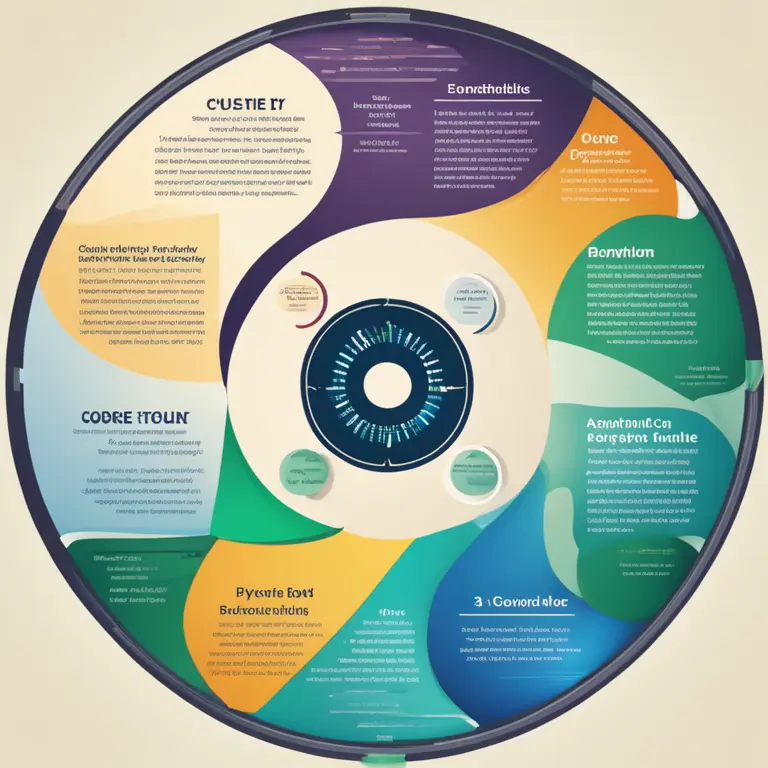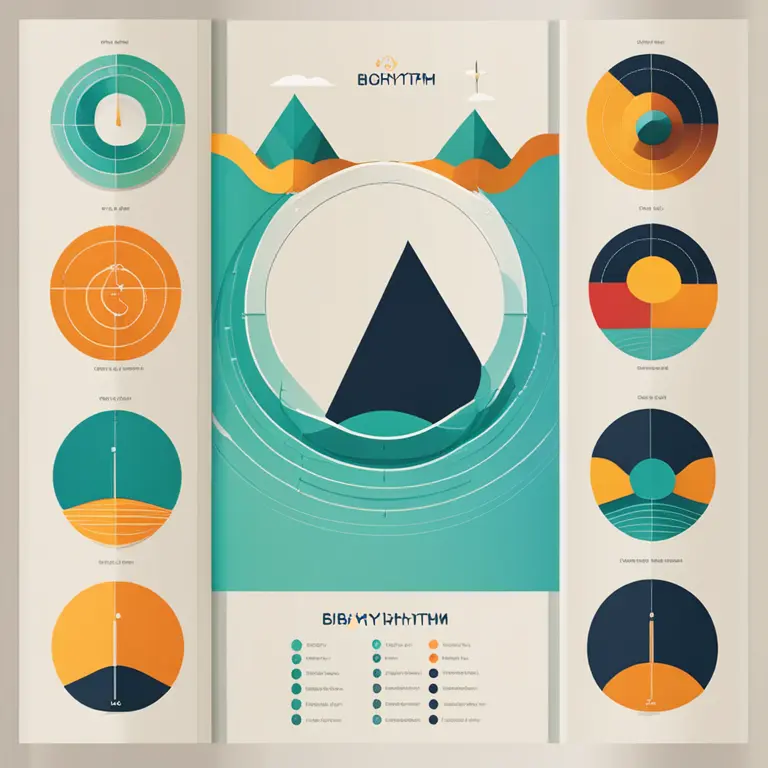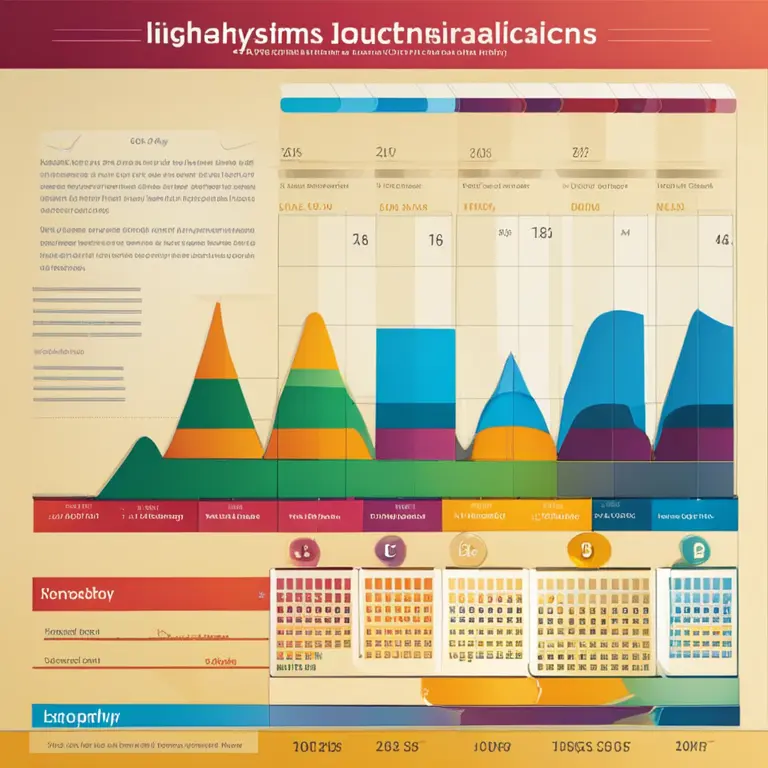
The Rhythms of Life: A Guide to Biorhythm Theory
Delve into the captivating world of biorhythm theory to discover the natural cycles that may influence your daily life and future decisions.
article by Adrian Wallace
Introduction to Biorhythm Theory
Understanding the ebbs and flows of human life can be as enigmatic as it is essential. Biorhythm theory proposes that our daily lives are affected by rhythmic biological cycles. Scientists have not conclusively proven the theory, but it has garnered attention for its potential to offer insights into physical, emotional, and intellectual well-being. These cycles are thought to start at birth and oscillate in predictable patterns throughout one's life, influencing our capacities and moods in various domains.

Three Core Cycles Explained
Typically, biorhythm theory focuses on three primary cycles: the 23-day physical cycle, the 28-day emotional cycle, and the 33-day intellectual cycle. The physical cycle is believed to influence strength, stamina, and coordination. The emotional cycle purportedly affects mood, creativity, and perception of the world around us. The intellectual cycle, meanwhile, is said to impact analytical thinking, learning, memory, and communication. Understanding these cycles can, according to enthusiasts, lead to enhanced performance or indicate days of reduced capabilities.

Calculating Your Biorhythms
Calculating one's biorhythms involves determining the days since birth and then applying mathematical models to forecast the cycles. With the advent of modern technology, various online calculators and apps now offer to predict your biorhythms with ease, promising to help you plan your activities around your high and low phases. The accuracy and impact of these predictions, however, remain a subject of debate among scientists and skeptics.

Applications and Considerations
Advocates of biorhythm theory suggest applying this knowledge in everyday life, from determining the best days for critical decision-making to planning physical activities. However, it's crucial to consider that biorhythm theory is not recognized by the scientific community as a predictive tool. Instead, it should be used as a supplement to, rather than a substitute for, personal judgment and professional advice.

2024 and Beyond: Biorhythms in Astrology
As we gaze into the future, particularly the upcoming year of 2024, astrological intersections with biorhythms become even more intriguing. Astrology enthusiasts often synchronize biorhythmic predictions with astrological events to optimize life choices. Planetary movements, such as Mercury retrogrades or lunar cycles, might also interact with an individual's biorhythms, offering additional layers to personal forecasts.
A Personalized Experience
Biorhythm theory, while not rooted in empirical science, provides a personal narrative for those who choose to engage with it. By tracking these cycles, individuals may become more attuned to the rhythms of their body and mind, potentially gaining a greater sense of control and timing over their actions and emotions, especially as they face the fluctuating challenges and opportunities of 2024 and the years that follow.
Published: 1/30/2024
Modified: 1/30/2024
More predictions
Come back here soon to learn more about yourself and your future


Is Biorhythm Compatibility a Fact or Myth?
Delve into the realm of biorhythms to discover if the science of bio-rhythmic compatibility holds water in harmonizing relationships.


The Truth About Biorhythm Compatibility
Delve into the concept of biorhythm compatibility to discover if there's a scientific basis behind synchronizing life's rhythms with a partner.


Harmonize Your Relationships with a Biorhythms Compatibility Calculator
Discover how a biorhythms compatibility calculator can help fine-tune your personal connections and foster deeper understanding in relationships.